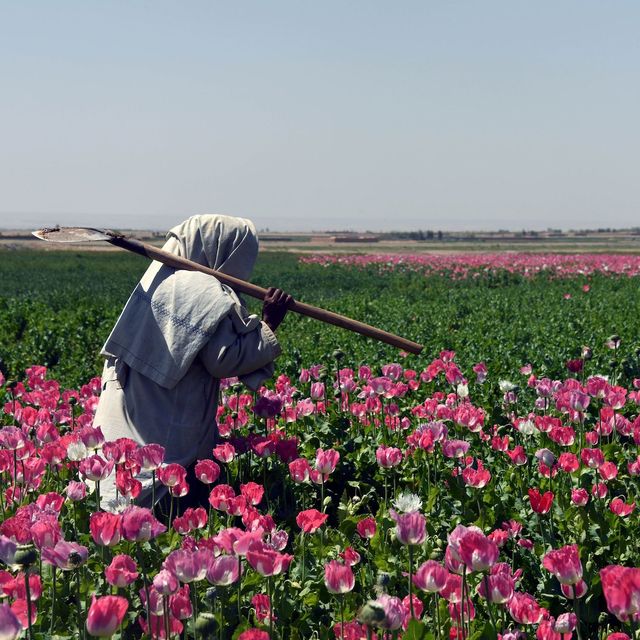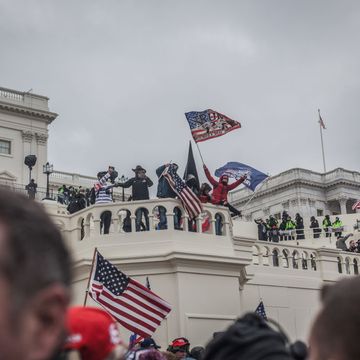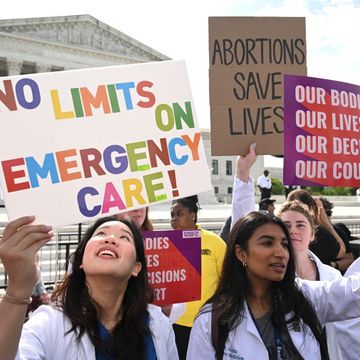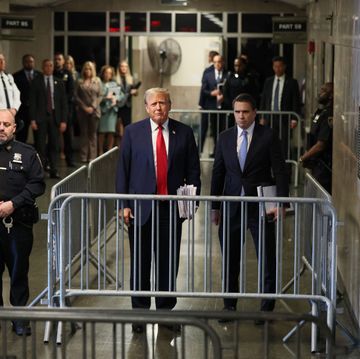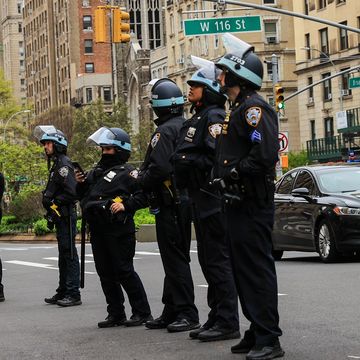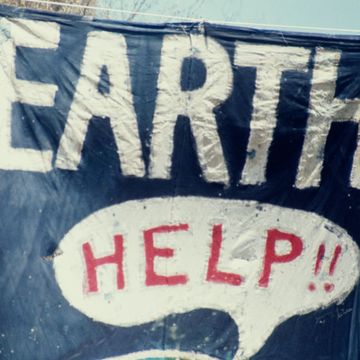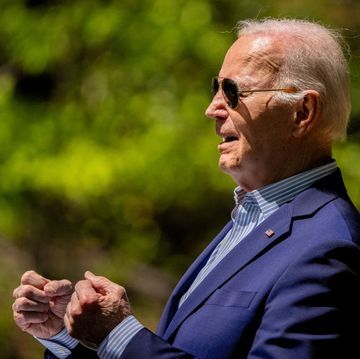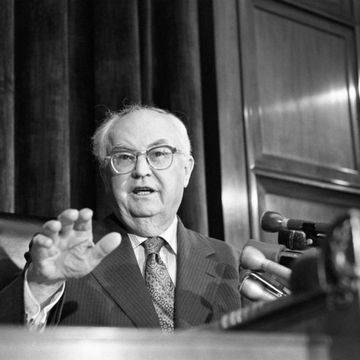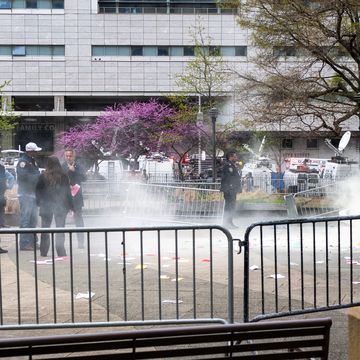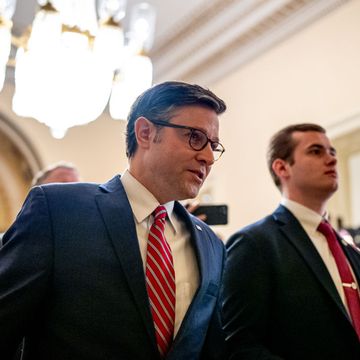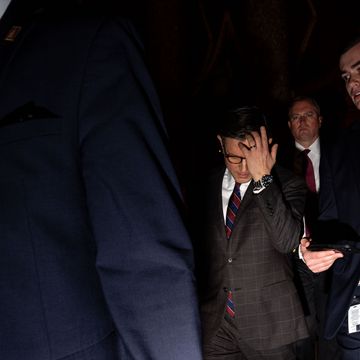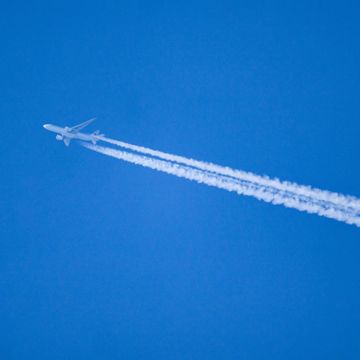While cruising the ‘Toobz on Monday, looking for more news about Afghanistan and West Asia in general, I went down something of a rabbit hole. It seems that, for several years, most of the countries over there in which our foreign policy elites have shown an interest over the past 20 or 30 years have developed nigh-on-catastrophic drug problems. And not just heroin, although the region still remains the opiate equivalent of the Comstock Lode. You may recall that the last time the Taliban took control of Afghanistan, they pretended to go seriously to war on the opium trade. It turned out that this was largely for show. In their years of insurgency and exile, the Taliban financed itself not only through opium, but also by shaking down the farmers who grew the poppies. But it’s not just heroin anymore. From Business Insider:
Once the Afghan National Security Forces assume sole responsibility for security on September 12, they will also be faced with managing the country's flourishing, and increasingly violent, drug trade. Crystal meth, in particular, is suddenly everywhere in Afghanistan — fueled by the discovery that Om, a weed that grows wild in the mountains, is an excellent source of ephedrine and pseudoephedrine, the drug's key ingredient.
Here, of course, we have to con druggists out of Sudafed or something. There, the essential ingredient grows wild.
Afghanistan's drug trade generates an estimated $35 million a month for the Taliban and drug gangs. Meanwhile, a narcotics official estimates that one in 10 Afghans are involved in the drug trade, while a 2018 report suggested that a similar number were addicted to drugs. As for the US, which poured $8.6 billion into anti-narcotics efforts from 2002 to 2017, there are no plans to fund those efforts going forward. Meth now rivals heroin as Afghanistan's most lucrative illicit export. What isn't sent abroad, mostly via Iran, is consumed locally, contributing to an epidemic of addiction fed by decades of war, displacement, and poverty.
Afghanistan isn’t the only place in danger of becoming a narco-state. In Iraq, meth is clear-cutting the younger generations. From the Independent:
The frail young man with tell-tale pockmarked skin doesn’t remember exactly what happened next, beyond going “cold turkey” in prison. “I was in another world, we all were, we wanted to escape our miserable lives,” he told The Independent from Al-Qanat police station in eastern Baghdad, where he is serving four months for possession. His concentration frayed, Ali’s eyes looked like wells. “It has massively impacted my community; we have a lot of penniless people and those who have died from it,” he said. “But living is hard.”
Ali (not his real name) is one of thousands of crystal methamphetamine addicts in Iraq, a country that until comparatively recently had not suffered a nationwide wave of drug addiction, even while opium and heroin drowned countries such as Iran and Afghanistan.
The situation is even worse in Iran, a country that has one of the highest addiction rates by population in the world. A 2019 report from Brookings laid out how years of inconsistent drug policies—and, more crucially, Iran’s proximity to Turkey and Afghanistan—contributed to an increasingly untenable situation.
Out of a population of 81 million, about 2 to 3 million Iranians are estimated to be addicts, continually one of the world’s highest addiction rates. Prisons abound with users: In 1987, 78,000 people were imprisoned in Iran on drug-related charges; in 2004, the number was 431,430. In the mid-2000s, Iran and the United States shared a similar rate of imprisonment for drug users, some of the highest rates in the world.
By 2014, meth had arrived in Iran, too. From the Guardian:
In a graffiti-daubed side street in the centre of Tehran, a teenager with an emo haircut and a leather jacket pulled over a grey hoodie stands in a doorway, his pockets stuffed with small plastic bags of crystal meth. Peyvand sells a gram for the equivalent of about $5. He has been caught countless times by the police but has always paid his way out of prison. "Everyone buys it. Most of my customers are regular kids like me, students, or they've got office jobs. But rich kids use it too – I either deliver it to their houses, or they turn up in their flash cars," he says. "It's more expensive than heroin, and young people see it almost as a luxury drug; it's become a chic thing to do.”
I had no idea about any of this. If, as I assume, this country’s involvement in that part of the world is far from over, and if the drug trade becomes an even more essential part of the national economies throughout the region, then it’s somehow going to involve this country as well. There’s already speculation that Shi’ite Iran, which could be expected to be wary of the Taliban, which is based in a hardline form of Sunni Islam, may well be soft-pedaling its approaches to the new Afghan government because they see the drug business as an avenue for diplomacy. Of course, neither one of them likes us very much, either. From Reuters:
Washington has accused Iran in the past of providing covert aid to Taliban fighters against U.S. forces. Tehran, which supports an inclusive Afghan government that would include all ethnic groups and sects, has denied this. "America's military defeat and its withdrawal must become an opportunity to restore life, security and durable peace in Afghanistan," Iran's state TV quoted Raisi as saying.
We simply never may stop screwing up over there.

Charles P Pierce is the author of four books, most recently Idiot America, and has been a working journalist since 1976. He lives near Boston and has three children.
